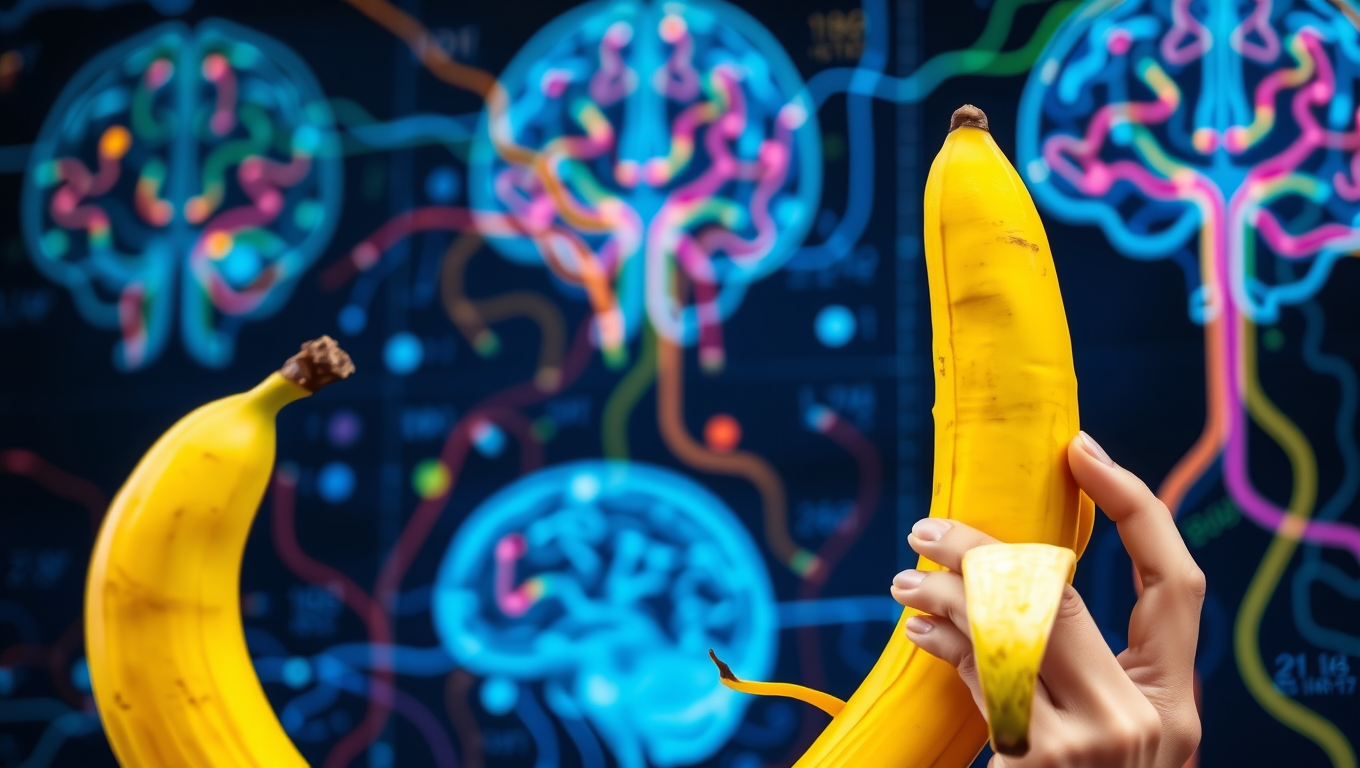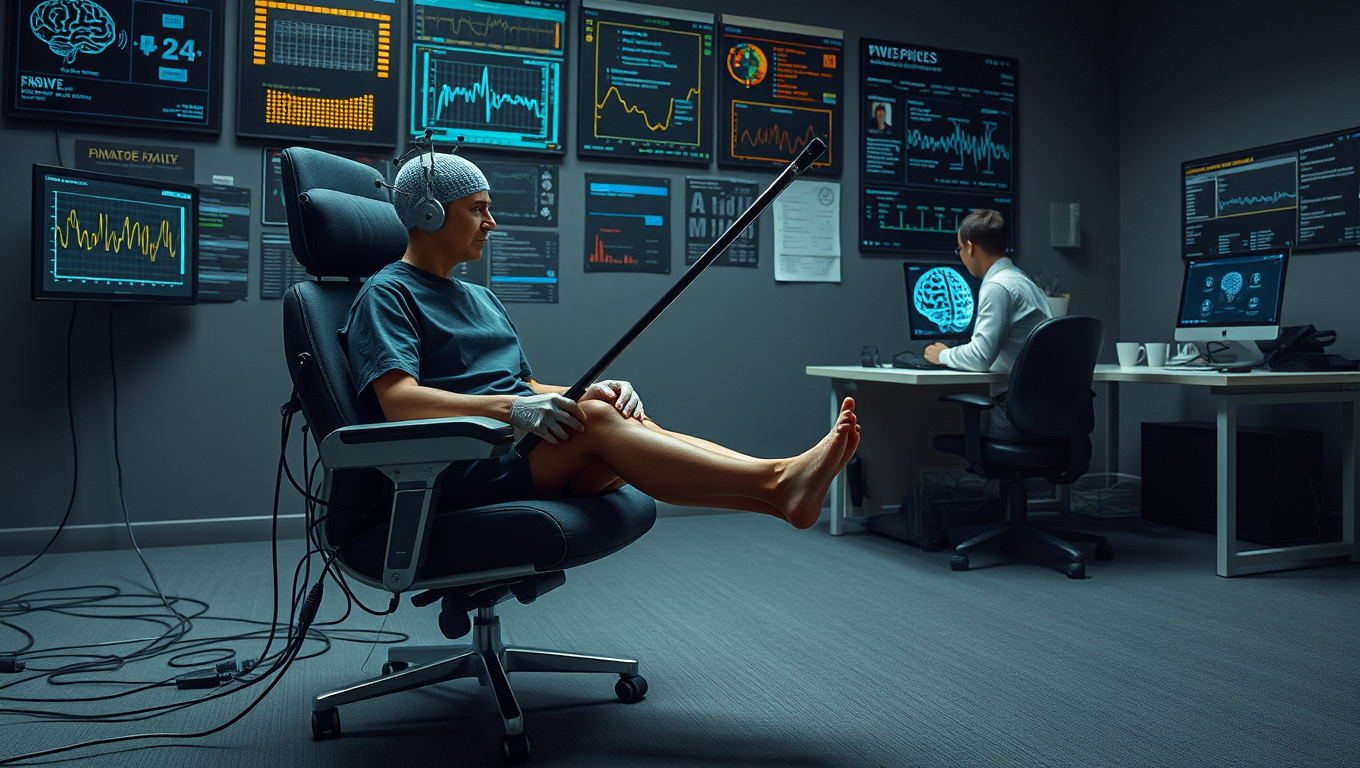While we try to keep things accurate, this content is part of an ongoing experiment and may not always be reliable.
Please double-check important details — we’re not responsible for how the information is used.
Birth Defects
“The Secret Language of Sight: How Words Shape Our Perception of the World”
Our ability to store information about familiar objects depends on the connection between visual and language processing regions in the brain, according to a new study.

Autism
CRISPR-edited stem cells hold key to understanding autism spectrum disorder
A team at Kobe University has created a game-changing resource for autism research: 63 mouse embryonic stem cell lines, each carrying a genetic mutation strongly associated with the disorder. By pairing classic stem cell manipulation with precise CRISPR gene editing, they ve built a standardized platform that mirrors autism-linked genetic conditions in mice. These models not only replicate autism-related traits but also expose key dysfunctions, like the brain s inability to clean up faulty proteins.
Back and Neck Pain
Unveiling the Secrets of the Universe: The Largest-ever Map Reveals 10x More Early Galaxies Than Expected
An international team of scientists has unveiled the largest and most detailed map of the universe ever created using the James Webb Space Telescope, revealing nearly 800,000 galaxies stretching back to almost the beginning of time. The COSMOS-Web project not only challenges long-held beliefs about galaxy formation in the early universe but also unexpectedly revealed 10 times more galaxies than anticipated along with supermassive black holes Hubble couldn t see.
Autism
The Elusive Science of Tickling: Unraveling the Mysteries of a 2000-Year-Old Enigma
How come you can’t tickle yourself? And why can some people handle tickling perfectly fine while others scream their heads off? Neuroscientists argue that we should take tickle research more seriously.
-

 Detectors8 months ago
Detectors8 months agoA New Horizon for Vision: How Gold Nanoparticles May Restore People’s Sight
-

 Earth & Climate9 months ago
Earth & Climate9 months agoRetiring Abroad Can Be Lonely Business
-

 Cancer9 months ago
Cancer9 months agoRevolutionizing Quantum Communication: Direct Connections Between Multiple Processors
-

 Albert Einstein9 months ago
Albert Einstein9 months agoHarnessing Water Waves: A Breakthrough in Controlling Floating Objects
-

 Earth & Climate9 months ago
Earth & Climate9 months agoHousehold Electricity Three Times More Expensive Than Upcoming ‘Eco-Friendly’ Aviation E-Fuels, Study Reveals
-

 Diseases and Conditions9 months ago
Diseases and Conditions9 months agoReducing Falls Among Elderly Women with Polypharmacy through Exercise Intervention
-

 Chemistry8 months ago
Chemistry8 months ago“Unveiling Hidden Patterns: A New Twist on Interference Phenomena”
-

 Agriculture and Food9 months ago
Agriculture and Food9 months ago“A Sustainable Solution: Researchers Create Hybrid Cheese with 25% Pea Protein”





























